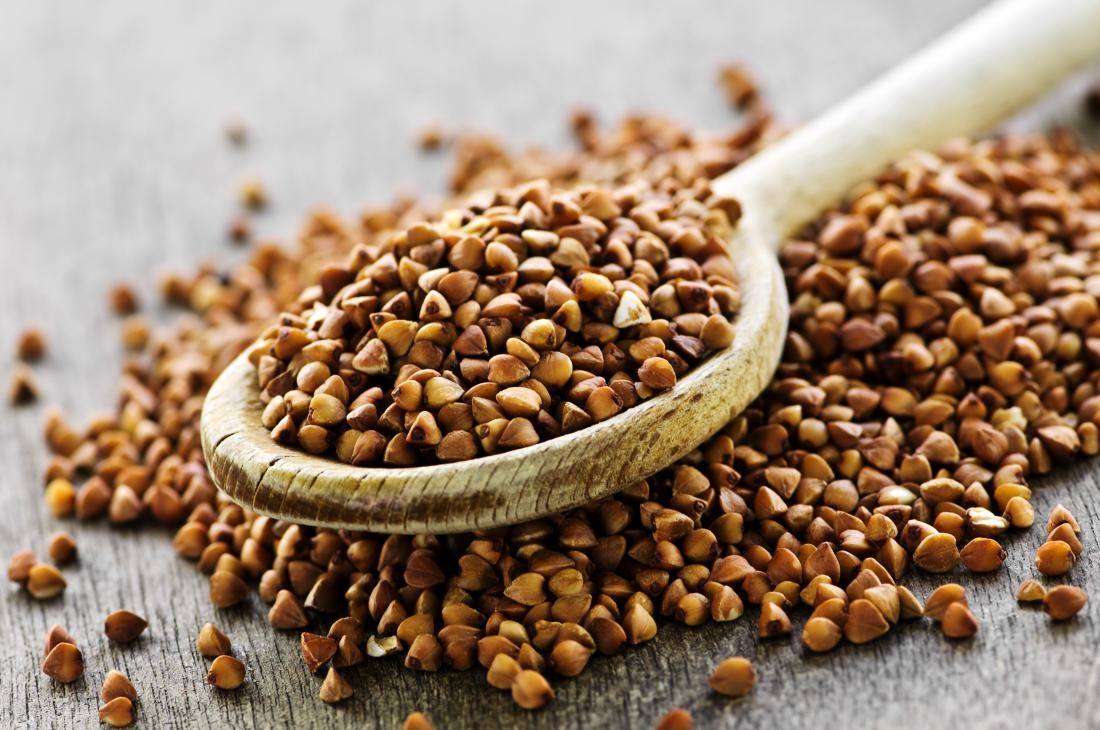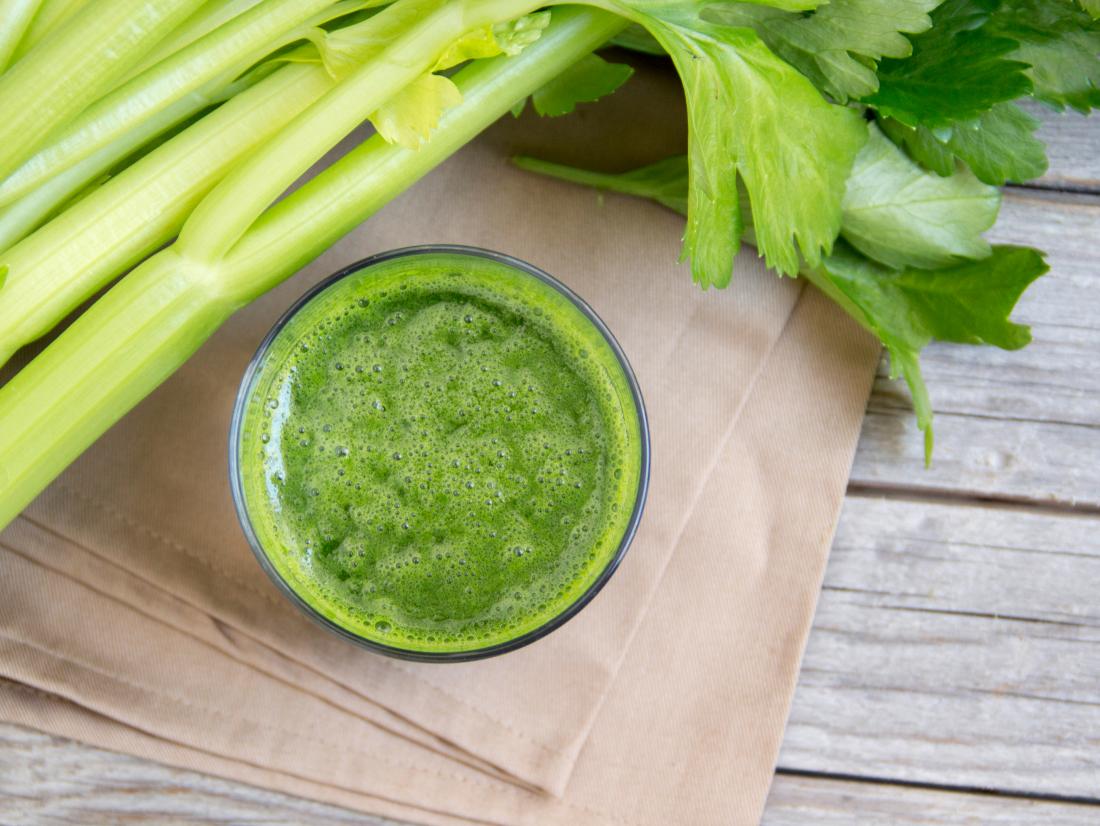Unlike many other diets, the Whole30 diet does not focus solely on weight loss or calorie counting, so it may not be right for people who are only looking to lose weight. Instead, the restrictions include groups of foods that a person can or cannot eat.
The end goal of the Whole30 diet is to reset the body and allow the person to then slowly add foods back into their diet and check for adverse reactions.
Definition

The whole30 diet involves eating only certain food groups.
The Whole30 diet is a 30-day program created in 2009.
The basis for the program is to deal with underlying health issues in the body by removing certain groups of foods, which the creators of the diet believe are harmful.
The Whole30 website itself states that the diet helps to cut out food groups that it claims are:
- inflammatory
- gut-disrupting
- psychologically unhealthy
- hormone unbalancing
According to the Whole30 program, these potentially harmful food groups include:
- dairy
- sugar
- grains
- legumes
By cutting out all of these foods for 30 consecutive days, proponents of the diet believe the body can heal from the underlying issues these foods may cause. In this regard, the diet would act as a reset button.
While not everyone will feel some negative effects of eating each of these food types, the diet eliminates them all at once to allow an individual to find a new baseline, working their way back up from there to establish a suitable permanent diet.
Safety and effectiveness
There are no current studies on the effects of the Whole30 program itself, so there may be no way to say for sure whether it works or not. Also, the end goal of the diet is not concrete, so success may be hard to quantify.
While the Whole30 diet is not primarily a weight loss program, the Whole30 website claims that over 95% of participants lose weight and improve their overall body composition.
Additional benefits the program claims people experience include:
- more energy
- sharper mental focus
- better sleep
- clearer skin
- improved mood
- increased athletic performance
- reduced cravings for unhealthful foods
The website also claims that thousands of testimonials from clients state that the diet helps with conditions that include:
This evidence from testimonials is anecdotal, which does not support the idea that the diet will help improve these conditions for everyone.
As the diet focuses more on the elimination of food groups rather than individual components, it would be difficult to quantify success or failure with the diet.
With that said, the Whole30 diet does eliminate most sources of dietary carbohydrates, such as refined grains and sugars. As such it is technically a low-carb diet, though it does allow for some sources of carbohydrates, such as potatoes.
Low-carb diets have research behind them and may help people lose weight and reduce their risk of cardiovascular issues.
A study in the journal Annals of Internal Medicine compares low-carbohydrate diets and low-fat diets for their effect on weight loss and cardiovascular risk. Researchers found that when they checked at 3, 6, and 12 months, people who followed a low-carb diet lost more weight than people who followed a low-fat diet. The quantity of harmful fats that may increase the risk of cardiovascular disease also went down.
Importantly, this study followed up with people after a minimum of 3 months, which is much longer than the 30-day program of the Whole30 diet.
On the other hand, a review in the journal PLoS One notes that low-carbohydrate eating may produce similar results as other weight loss diets, and does not appear to have any particular benefit over other forms of dieting. Again, this is with longer-term diets.
The researchers also note that in the long term, dietary guidelines should be sustainable and easy to manage.
A heavy restriction diet such as the Whole30 diet is not going to be easily sustainable without careful management, so people who use the program should have a good exit strategy and modified diet afterward.
Foods to avoid

A person following the Whole30 diet should avoid most sugars, including syrups.
Unlike other diets that focus on only one aspect of nutrition, such as low-fat diets or calorie counting, the Whole30 diet concerns itself with entire food groups that it sees as problematic.
The Whole30 diet sets out strict guidelines for what participants may eat during the program. Participants have to avoid the following foods:
Sugars, including natural or alternative sweeteners, such as:
Dairy, including all products made from cow, sheep, or goat’s milk, such as:
Grains in all forms, including:
Legumes and beans of all types, including:
Soy in all forms, such as:
Other things to avoid are:
- alcohol in any form
- added ingredients, including monosodium glutamate (MSG), sulfites, and carrageenan
- baked goods and junk foods, including everything from pancakes and waffles to chips and ice cream
To follow the Whole30 diet correctly, a person can have no cheat days during these 30 days and may not allow these foods into their diet under any circumstances. Anyone who does slip up or has a cheat day would have to repeat the process from day 1.
Foods to eat
Instead of these foods, the Whole30 diet suggests filling up the person’s food intake with other fresh, whole foods, including:
- high quantities of vegetables
- moderate amounts of meat, seafood, and eggs
- plenty of natural, healthy fats
- some fruits
- nuts and seeds such as almonds and cashews
- all herbs, spices, and seasonings
- coffee, tea, and herbal teas
There are also some exceptions to the food groups that the diet eliminates. These include:
- ghee or clarified butter — the only dairy product allowed on the program
- green beans, snow peas, and sugar snap peas — the only legumes the program permits
- iodized table salt
- all forms of vinegar except malt vinegar
- fruit juice
These foods may technically be problematic foods, but the diet allows for their use.
Should I try the Whole30 diet?

A person following the Whole30 diet may want to prepare on-the-go snacks in advance.
The Whole30 diet is not a simple diet plan that a person can ease into over long periods.
It is more of a 30-day commitment. Because of this, it may not be right for everyone.
The diet itself is very restrictive. Additionally, if a person slips up once or has a cheat meal, they have to start their 30 days over again.
This alone is a hurdle, as it takes a lot of self-discipline to complete these 30 days.
In addition, undertaking the diet can take a lot of time. Because the diet eliminates entire groups of foods, it may take a lot of time to plan and prepare meals for the 30 days.
Eating out at most restaurants is not an easy option, given the strict nature of the diet. On-the-go snacks that may class as junk foods are also off limits. This may mean that a person who wants to try the Whole30 diet will need a lot of time to cook and prepare their meals and snacks ahead of time.
People who are not ready to commit time to their diet may want to try other methods, such as simple calorie counting.
Takeaway
While the Whole30 program may help some people lose weight, it is not the main focus of the diet. The main aim is to give the body a reset, allowing it to recover from the effects of foods the program’s creators believe are harmful.
In that regard, the weight-loss benefits of the diet would be secondary to the reset it provides the body. The person would then slowly integrate these potentially problematic foods back into their diet one at a time to check for any reactions.
It is important to note that the Whole30 diet is extremely restrictive and is not a long-term diet. After the 30 days are up, it is essential to transition to a more balanced, healthful long-term diet than the Whole30 diet.




























